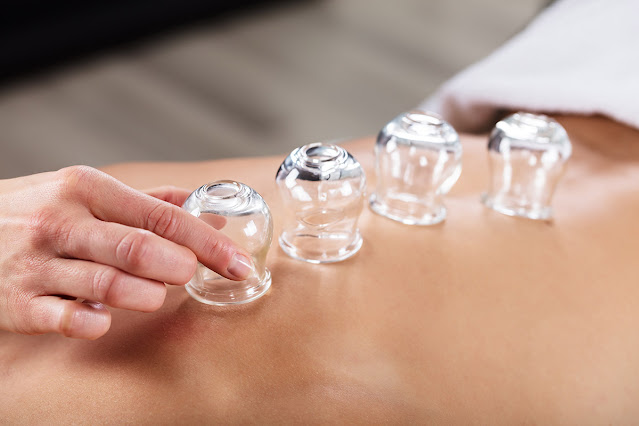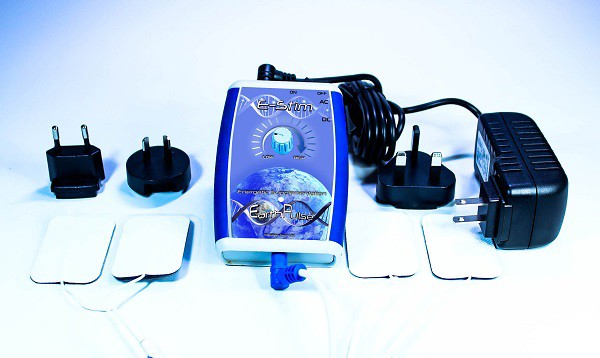Cupping Therapy
Cupping therapy is an ancient form of alternative medicine in which the therapist places a special cup on the skin for a few minutes for inhalation. People use it for a variety of purposes, including to help relieve pain, inflammation, blood flow, relaxation, and physical and mental health, and as a deep tissue massage.
The cup can be made of the following materials:
- Glass
- Bamboo
- Pottery
- Silicone
Cupping therapy may be popular now, but it is not new. It comes from the ancient cultures of Egypt, China, and the Middle East. One of the oldest medical textbooks in the world, Ebers Papyrus, describes how the ancient Egyptians used cupping therapy in 1,550 BC.
Species
There are multiple cupping methods, including:
Wipe dry
Wet
In both cupping processes, the therapist inserts flammable substances such as alcohol, herbs, or paper into the cup and burns it. When the fire goes out, they put the cup upside down on your skin.
Connected
When the air in the cup cools, voids are created. As the blood vessels expand, this causes your skin to rise and become red. The cup is usually left in place for a maximum of 3 minutes.
A more modern version of the cupping machine uses a rubber pump instead of a flame to create a void inside the cup. Sometimes, the therapist will use a silicone cup, which can be moved from one location on the skin to another to achieve a massage effect.
Wet cupping creates a light suction cup by placing the cup in place for about 3 minutes. Then, the therapist removes the cup and uses a small scalpel to make a thin incision in the skin. Next, they performed a second inhalation to remove a small amount of blood.
You may get 3-5 cups in your first class. Or, you might just try to see how it goes. The British Cupping Association says there are rarely more than 5-7 cups.
After that, you may get antibiotic ointments and bandages to prevent infection. Your skin will return to normal after 10 days.
Proponents of cupping therapy believe that wet cupping can remove harmful substances and toxins from the body, thereby promoting healing. But this has not been proven.
Some people also get "cupping needles," where the therapist first inserts the needle and then places the cup on it.
What does the research show?
There is very little scientific research on cupping.
A report published in the Journal of Traditional and Complementary Medicine in 2015 stated that it can help treat acne, shingles and relieve pain.
This is similar to the results of the 2012 report published on "PloS One". Researchers in Australia and China reviewed 135 studies on cupping. They concluded that when people also seek other treatments (such as acupuncture or drugs) for various diseases and conditions, cupping therapy may be effective, such as:
- Shingles
- acne
- Paralyzed face
- Cervical spondylosis
But the researchers pointed out that many of the studies they reviewed may be biased and better research is needed.
The British Cupping Association says that cupping therapy is used to treat:
- Blood diseases such as anemia and hemophilia
- Rheumatism, such as arthritis and fibromyalgia
- Fertility and gynecological diseases
- Skin problems, such as eczema and acne
- hypertension
- Migraine
- Anxiety and depression
- Bronchial congestion is caused by allergies and asthma
- Varicose veins
- No research can support all of this.
Side effect
As long as you see well-trained health professionals, cupping is safe enough. However, in the area where the cup touches the skin, you may experience the following side effects:
- Mild discomfort
- burn
- Bruise
- Skin infection
If cups and utensils are Adjuvant Therapy contaminated with blood and are not properly disinfected in the patient, blood-borne diseases (such as hepatitis B and C) may spread.




Comments
Post a Comment